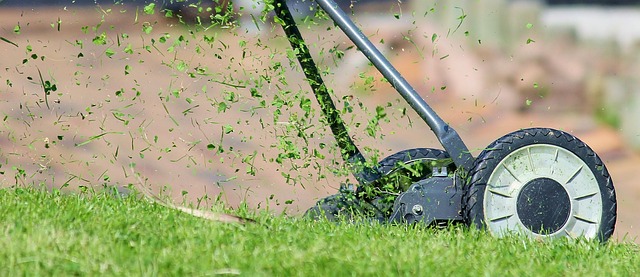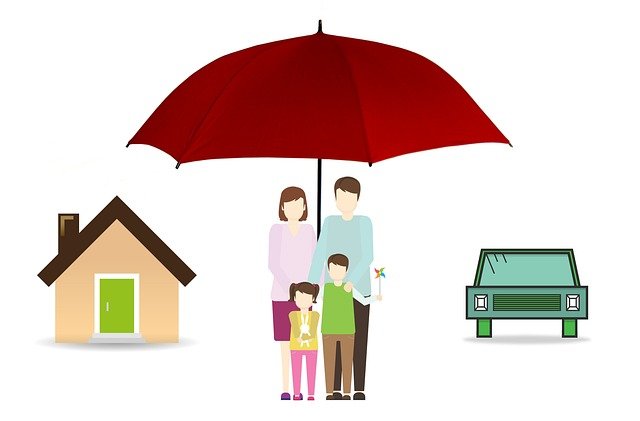Artificial Grass in Gardens: A Growing 2025 Trend and What to Consider Before Installing
As we approach 2025, artificial grass is becoming an increasingly popular choice for homeowners seeking to enhance their outdoor spaces. This low-maintenance alternative to natural lawns offers year-round greenery and a host of other benefits. However, before jumping on this trend, it's essential to understand the pros and cons of artificial grass and consider several factors that may impact your decision. In this article, we'll explore the rising popularity of artificial grass in gardens and discuss key considerations for those contemplating installation.

Year-Round Greenery Without the Hassle: Is It Too Good to Be True?
Artificial grass offers the allure of a perpetually lush lawn without the constant upkeep required by natural grass. Gone are the days of mowing, watering, and fertilizing to maintain that perfect green carpet. With artificial turf, you can enjoy a pristine lawn throughout the seasons, regardless of weather conditions or climate challenges. This consistency is particularly appealing for those in areas prone to drought or extreme temperatures, where maintaining natural grass can be both costly and challenging.
However, it’s important to note that while artificial grass significantly reduces maintenance, it’s not entirely maintenance-free. Regular brushing to prevent matting and occasional cleaning to remove debris are still necessary to keep your artificial lawn looking its best. Additionally, the initial installation cost can be higher than that of natural grass, although this may be offset by long-term savings on water, fertilizer, and lawn care equipment.
Environmental Impact: Weigh Your Options Carefully
When considering artificial grass, it’s crucial to weigh its environmental impact against that of natural lawns. On one hand, artificial grass eliminates the need for water-intensive irrigation, chemical fertilizers, and gas-powered lawn equipment, potentially reducing your carbon footprint. It can also help conserve water, which is particularly significant in drought-prone regions.
On the other hand, most artificial grass is made from synthetic materials derived from petroleum products, which are not biodegradable. The production process and eventual disposal of artificial turf can have negative environmental consequences. Additionally, artificial grass doesn’t provide the same ecosystem benefits as natural lawns, such as oxygen production, carbon sequestration, and habitat for insects and small wildlife.
To make an environmentally conscious decision, consider factors such as your local climate, water availability, and the specific ecosystem benefits of natural grass in your area. Some manufacturers now offer more eco-friendly artificial grass options made from recycled materials or designed for easier recycling at the end of their lifespan.
Feel Underfoot: Sensory Considerations for Your Garden Space
The tactile experience of walking on grass is an important aspect of garden enjoyment. Modern artificial grass technologies have come a long way in mimicking the feel of natural grass, but there are still differences to consider. High-quality artificial turf can feel soft and springy underfoot, providing a comfortable surface for barefoot walking, playing, or lounging.
However, artificial grass lacks the natural variation in texture and temperature that real grass offers. It can feel warmer to the touch on hot days, as synthetic materials tend to absorb and retain heat more than natural grass. This heat retention can be mitigated to some extent by choosing lighter colors or opting for products with cooling technologies.
When selecting artificial grass, pay attention to factors such as blade height, density, and texture. Some products offer a more realistic feel than others, and your choice may depend on how you plan to use the space. For example, if you have children or pets who will be playing on the grass frequently, you might prioritize a softer, more resilient product.
Tackling Drainage and Heat Issues: Essential Considerations
Proper drainage is crucial when installing artificial grass to prevent water accumulation and potential damage to the underlying surface. Unlike natural grass, which absorbs water, artificial turf requires a carefully designed drainage system to channel water away effectively. This typically involves creating a permeable base layer and ensuring proper slope for water runoff.
Heat management is another important consideration, especially in warmer climates. As mentioned earlier, artificial grass can become hotter than natural grass in direct sunlight. To address this issue, some manufacturers offer infill materials designed to cool the surface or incorporate reflective elements in the grass fibers to reduce heat absorption.
When planning your installation, work with experienced professionals who can assess your specific site conditions and recommend appropriate drainage solutions and heat mitigation strategies. Proper installation is key to avoiding issues with standing water, odors, or excessive heat buildup.
Discovering the Hidden Benefits of Artificial Grass
While the primary advantages of artificial grass are well-known, there are several lesser-discussed benefits worth considering. For allergy sufferers, artificial grass can provide relief by eliminating grass pollen and reducing the presence of other allergens commonly found in natural lawns. It also creates a barrier against burrowing pests and can help reduce the number of insects in your outdoor space.
Artificial grass can be an excellent solution for areas where natural grass struggles to grow, such as heavily shaded spots or high-traffic zones. It’s also ideal for creating consistent playing surfaces for sports and games, maintaining its shape and level surface regardless of use or weather conditions.
For pet owners, many artificial grass products are designed to be pet-friendly, with features like antimicrobial treatments and effective drainage systems to handle waste. This can make yard maintenance significantly easier while providing a comfortable outdoor space for pets.
Cost Considerations and Provider Comparison
When considering artificial grass installation, it’s important to understand the associated costs and compare different providers. While the initial investment can be significant, many homeowners find that the long-term savings on water, maintenance, and equipment offset the upfront expense.
| Provider | Average Cost per Square Foot | Key Features |
|---|---|---|
| SYNLawn | $5 - $8 | Eco-friendly options, pet-specific products |
| TigerTurf | $6 - $10 | Wide range of textures, sports-specific options |
| Global Syn-Turf | $4 - $7 | Heat-resistant technology, variety of pile heights |
| ForeverLawn | $7 - $12 | Premium quality, specialized products for various uses |
| FieldTurf | $5 - $9 | Commercial-grade options, advanced drainage systems |
Prices, rates, or cost estimates mentioned in this article are based on the latest available information but may change over time. Independent research is advised before making financial decisions.
The cost of artificial grass can vary widely depending on factors such as the quality of the product, complexity of installation, and site preparation requirements. On average, homeowners can expect to pay between $5 and $20 per square foot for artificial grass installation, including materials and labor. Higher-end products or complex installations may cost more.
When comparing providers, consider factors beyond just price. Look at the quality of materials, warranty offerings, installation expertise, and customer reviews. Some providers specialize in certain types of artificial grass or applications, so choose one that aligns with your specific needs.
In conclusion, artificial grass offers a compelling alternative to natural lawns, providing year-round greenery with reduced maintenance. However, it’s crucial to carefully consider factors such as environmental impact, sensory experience, drainage, and heat management before making a decision. By weighing these considerations and comparing providers, you can determine if artificial grass is the right choice for your garden in 2025 and beyond.




